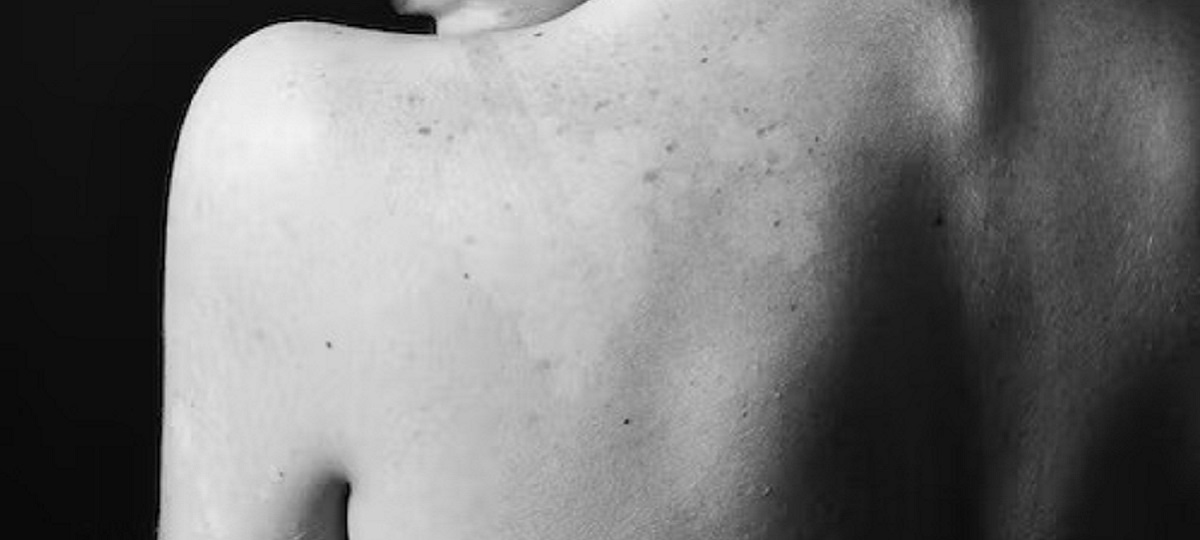Back acne, commonly known as “bacne,” can be a stubborn skin condition that not only affects one’s confidence but also leaves behind unwanted scars. Dealing with the aftermath of back acne scars can be challenging, but there are several effective treatments available to help you achieve smoother, clearer skin. In this comprehensive guide, we will explore the most cutting-edge and proven methods for treating back acne scars.
Understanding Back Acne Scars
Before diving into the treatments, it’s crucial to understand the types of scars that can result from back acne. There are several ways that acne scars might appear, such as:
- Icepick Scars: Deep, narrow scars that resemble small, V-shaped pits.
- Boxcar Scars: Wider, rectangular depressions in the skin.
- Rolling Scars: Broad, shallow indentations with a wave-like appearance.
- Hypertrophic Scars: Elevated scars that form during the healing process as a result of the body producing too much collagen.
- Keloid Scars: Raised scars that extend beyond the original affected area.
Now, let’s explore the most effective treatments for each type of back acne scar:
Topical Treatments for Back Acne Scars
Topical treatments play a crucial role in the management of back acne scars. Here are some effective topical treatments that can help improve the appearance of scars on the back:
- Retinoids: Retinoids, derived from vitamin A, are potent topical treatments that can promote skin cell turnover and stimulate collagen production. They help fade acne scars over time and improve overall skin texture. Prescription-strength retinoids like tretinoin or adapalene are commonly used for treating acne scars, but over-the-counter retinol formulations are also available.
- Silicone Gel: Silicone gel is a proven topical treatment for reducing the appearance of scars, including back acne scars. It creates a protective barrier over the skin, locking in moisture and creating an optimal environment for scar healing. Silicone gel sheets or gels can be applied directly to the scars to help flatten and soften them over time.
- Vitamin C Serums: Vitamin C serums are rich in antioxidants and have skin-brightening properties. They can help fade dark spots and hyperpigmentation associated with back acne scars, resulting in a more even skin tone. Vitamin C also stimulates collagen production, which can improve the texture and overall appearance of the skin.
- Alpha Hydroxy Acids (AHAs): AHAs, such as glycolic acid and lactic acid, are chemical exfoliants that can help improve the appearance of acne scars by promoting cell turnover and removing dead skin cells. They can also help fade discoloration and smooth out rough skin texture. AHAs are available in various skincare products, including cleansers, toners, and serums.
- Beta Hydroxy Acid (BHA): Salicylic acid is a type of BHA that is particularly effective for treating acne scars on the back. It penetrates deep into the pores, exfoliating the skin from within and preventing future breakouts. Salicylic acid also has anti-inflammatory properties, which can help reduce redness and swelling associated with acne scars.
In-Office Procedures
- Microdermabrasion: This non-invasive procedure involves the use of a machine to gently exfoliate the outer layer of the skin, improving texture and reducing the appearance of scars.
- Chemical Peels: Dermatologists use chemical solutions to remove the top layer of skin, revealing smoother, less scarred skin underneath. Different types of peels may be recommended based on the severity of the scars.
- Laser Therapy: Fractional laser treatments target specific areas of the skin, promoting collagen production and reducing the appearance of scars. This method is particularly effective for treating boxcar and rolling scars.
- Micro needling: Also known as collagen induction therapy, micro needling involves tiny needles that create micro-injuries in the skin, triggering collagen production and aiding in scar remodeling.
Advanced Treatments
- Dermal Fillers: For atrophic scars, such as boxcar scars, dermal fillers can be injected to raise the depressed areas and create a smoother skin surface.
- Subcision: This surgical procedure involves breaking the fibrous bands beneath the skin’s surface that cause rolling scars. Subcision allows the skin to regain a more even texture.
- Platelet-Rich Plasma (PRP) Therapy: PRP, derived from the patient’s blood, is injected into the scars to stimulate collagen production and promote healing.
Preventive Measures for Back Acne Scars
Preventing back acne scars is just as important as treating existing ones. Here are some preventive measures to help minimize the risk of developing acne scars on the back:
- Maintain Good Hygiene: Keeping the back clean by regularly washing with a gentle cleanser can help prevent acne breakouts that lead to scarring.
- Avoid Picking or Squeezing Pimples: Resist the temptation to pick or squeeze acne lesions on the back, as this can increase inflammation and worsen scarring.
- Use Non-Comedogenic Products: Choose skincare and body care products labeled as non-comedogenic, which are less likely to clog pores and cause acne breakouts.
- Wear Loose Clothing: Clothing that is too tight, particularly when made of materials that don’t breathe well, can trap perspiration and bacteria against the skin, causing breakouts of acne. Choose loose-fitting apparel composed of airy fabrics, such as cotton.
- Shower After Sweating: After sweating excessively, such as after exercising or spending time in hot and humid environments, showering promptly can help remove sweat and bacteria from the skin’s surface, reducing the risk of acne breakouts.
- Avoid Harsh Scrubs: Abrasive scrubs and exfoliants can irritate the skin and exacerbate acne. Instead, opt for gentle exfoliation methods, such as chemical exfoliants containing salicylic acid or glycolic acid.
Conclusion
Banishing back acne scars requires patience and a multifaceted approach. By combining topical treatments, in-office procedures, and advanced therapies, you can effectively reduce the appearance of scars and unveil smoother, clearer skin. Consult with a dermatologist to create a personalized treatment plan tailored to your specific skin type and scar severity. Remember, consistent skincare and preventive measures are key to maintaining the results and preventing future acne-related challenges. Embrace the journey to radiant skin with confidence and commitment.
Visit here : ICD-10-CM | Hemorrhoids
